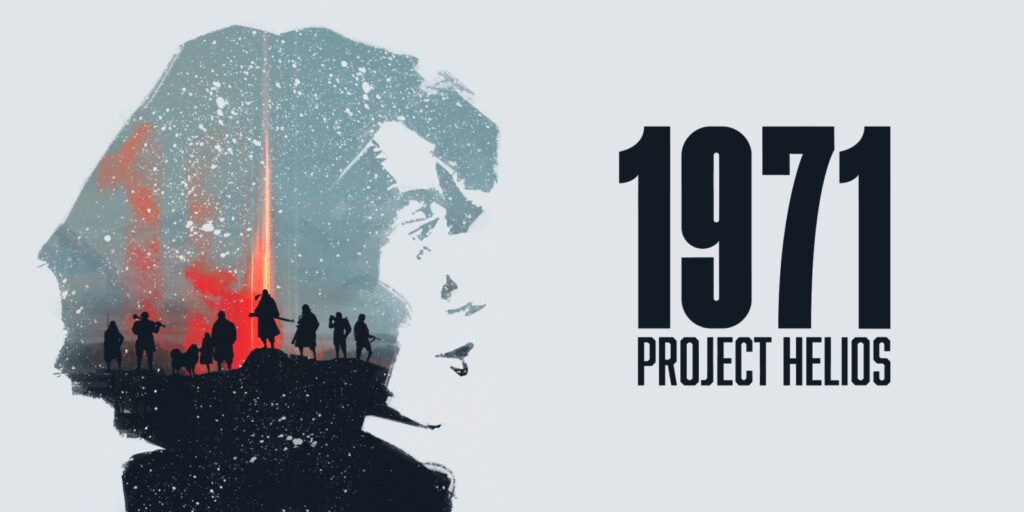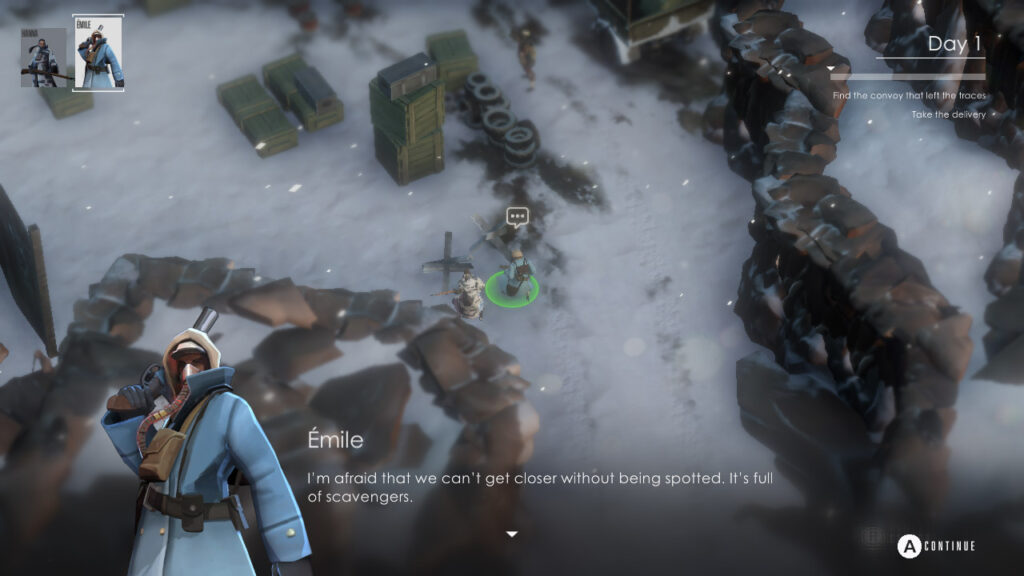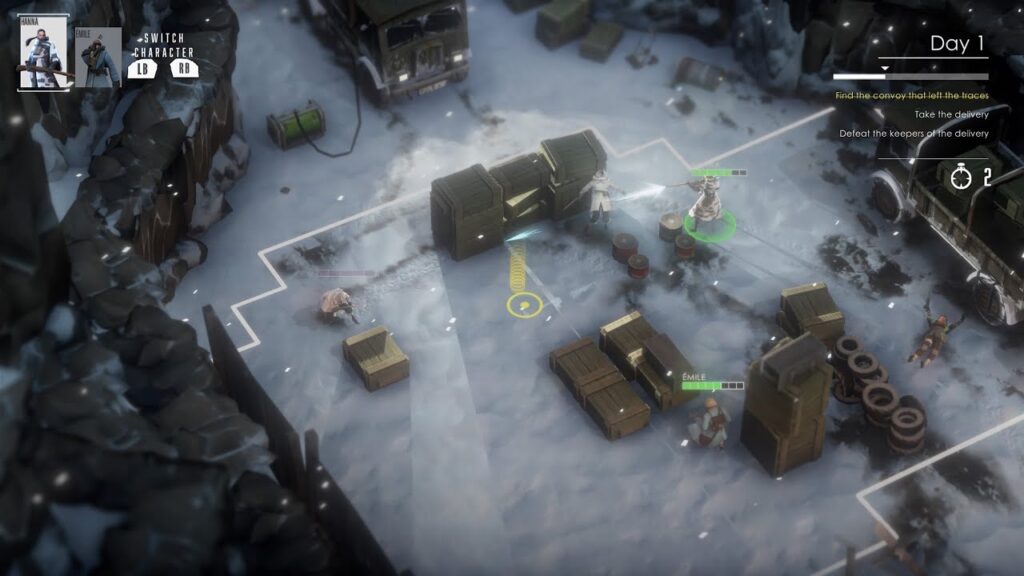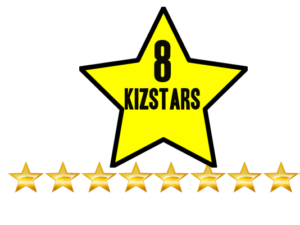
It seems that following the critical success of the XCom series, turn based tactical games are (for the moment at least) all of the rage. While we’re still ploughing our way through Hard West and its dark vison of a gothic horror western adventure, Spanish developers RECOTechnology (those of Numantia fame) have unveiled their latest offering for the Nintendo Switch 1971 Project Helios. Set in a distant post-apocalyptic future, 1971 Project Helios is a turn-based adventure which sees a band of mercenaries attempting to locate and liberate a scientist called Dr Margaret Blythe who may hold the key to the future of the world.
1971 Project Helios is pretty light on narrative and, as the game unravels, there’s no immediate attempt to give the gamer any perspective on what is going on. Instead you’ll piece the story together as you travel from map to map picking up documents, reading notes and talking to NPC’s. Combat in 1971 Project Helios is the expected format for this genre; each character can move a set number of squares before ending their turn. Once they’ve moved they can shoot at the enemy, recharge their health or go on overwatch. A variety of objects are scattered around the map that will afford you either 50 per cent or 100 percent cover.

During our ten day play through we found a good way to beat the game was to go on the defensive as quickly as possible and use all of our characters to target one enemy at a time. Not pretty but it got the job done. As the game develops you start off with just two playable character but, eventually, your ranks will swell to eight unique individuals. For most of the game (at least until the fourth mission) you have no say in which characters you use. After that, its up to you to decide who is best for whichever mission you’re undertaking. On the Switch 1971 Project Helios controls very well with characters being selected using L or R and your actions being activated with ZR or ZL. This configuration took a while to get used to. But after an hour or so it became fairly intuitive.
It’s worth mentioning that 1971 Project Helios also offers a skill tree that you can use to unlock new abilities and a couple of ingenuous items such as the Fulgor Tank that really help the game stand out. The tank in question is a hugely valuable tool that will allow you to de-freeze characters and bring them back to life should they fall in battle. Excellent.

Graphically, 1971 Project Helios looks great on the Switch. Yes the Switch is the least powerful of the consoles on the market. But 1971 Project Helios still manages to pull off a visually compelling dystopic future that is both bleak and fascinating to explore. If we had any gripes with 1971 Project Helios it’s with the fact that progression is pretty linear and there’s virtually no reward for straying off the proven track and just taking a look around. We would also like to have had some more control over the camera. You can move the camera around the map but, sadly, are unable to zoom in or out on the action. Given the limited processing power of the Nintendo Switch, this is probably a necessary evil. But it’s a regrettable one. Those minor niggles aside, 1971 Project Helios is a challenging and fun strategy title that will satisfy for your hunger for turn-based combat on the Switch. Go buy.



